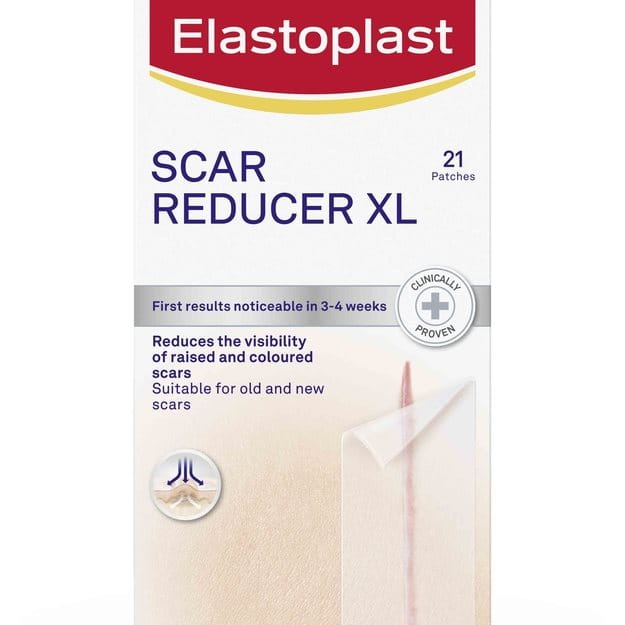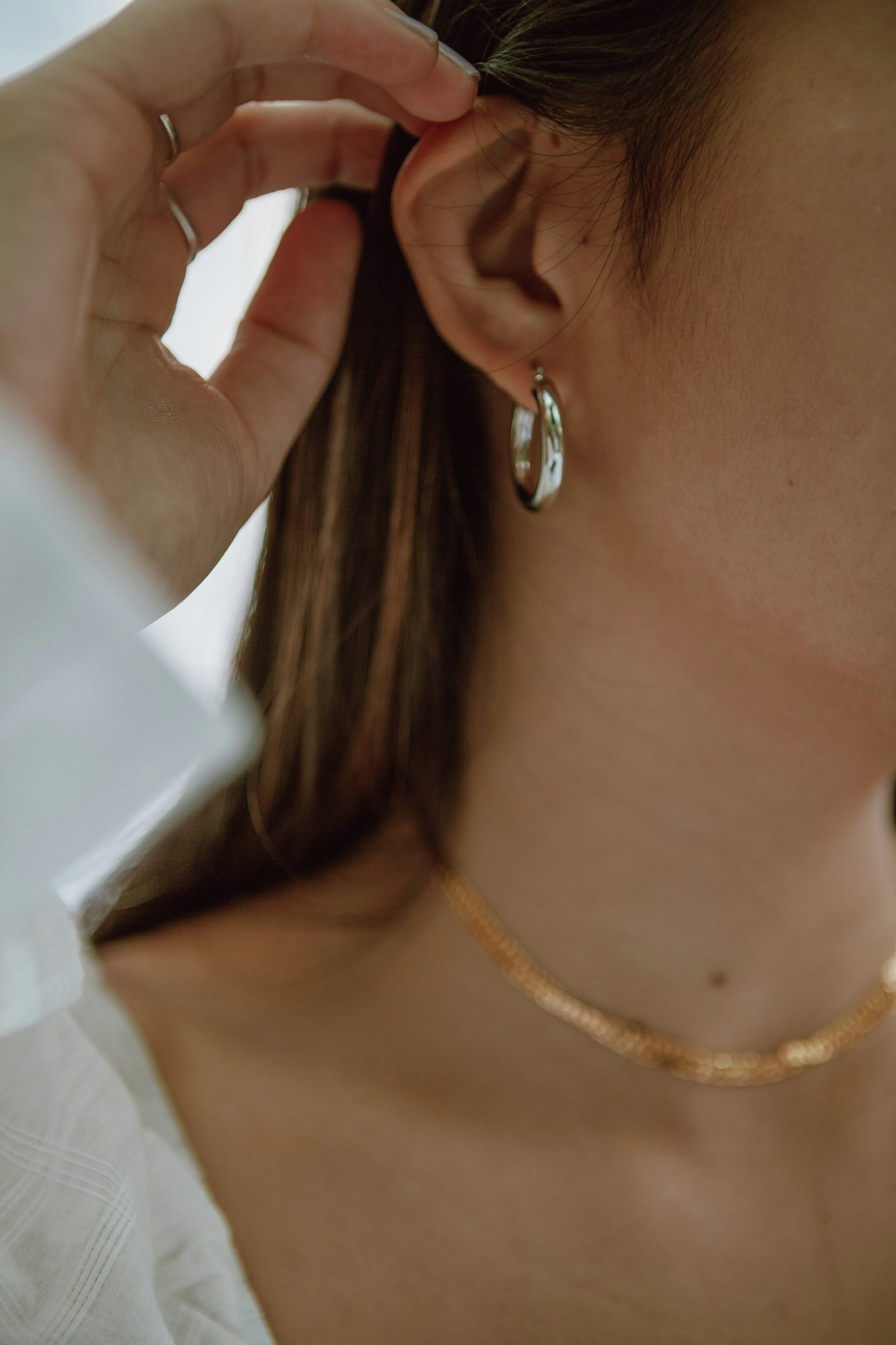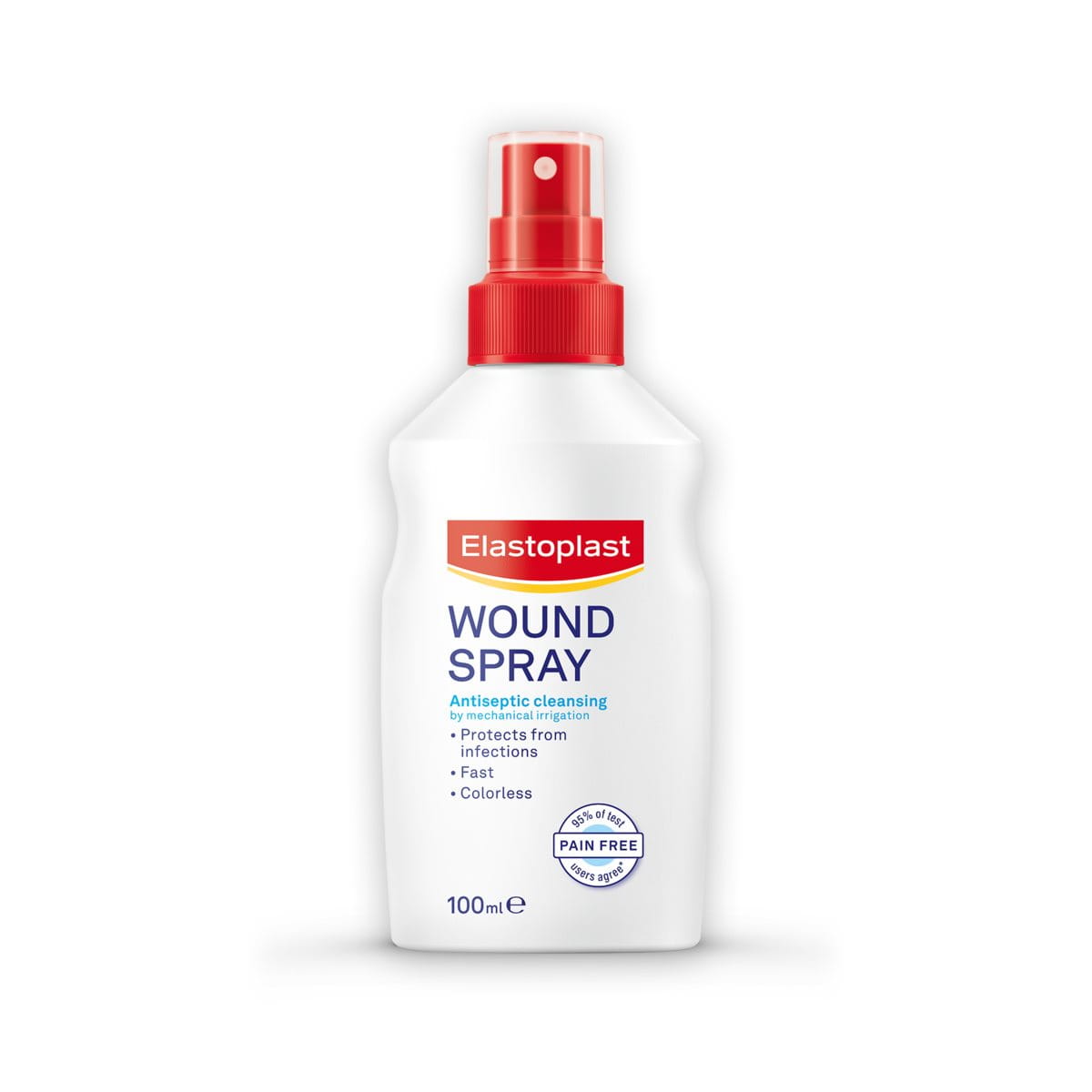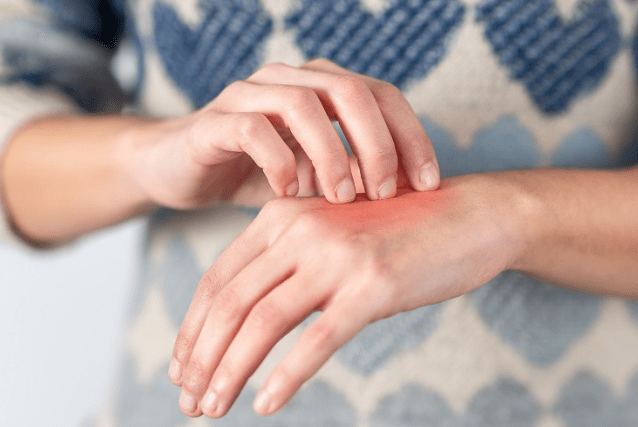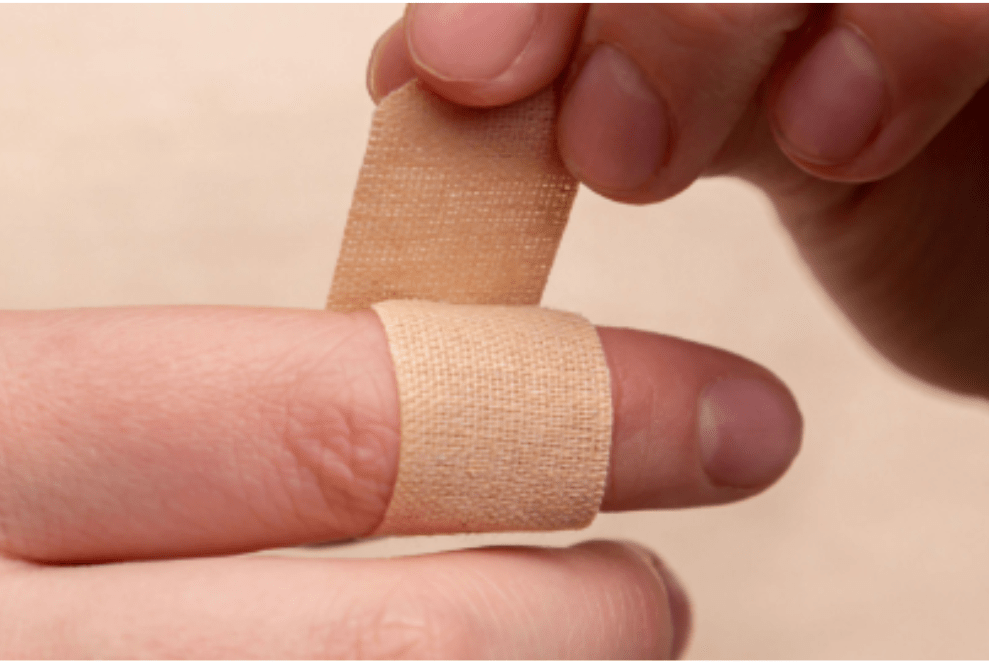Published: June 2025
Infected piercings can be troublesome, painful and potentially serious if not properly looked after or incorrectly inserted into the skin. However, if a piercing becomes infected, there are several steps and tips to follow to treat the infection and heal the damaged area.
Learn more in this article about treating infected piercings, what they look like and how to prevent them in the future.

